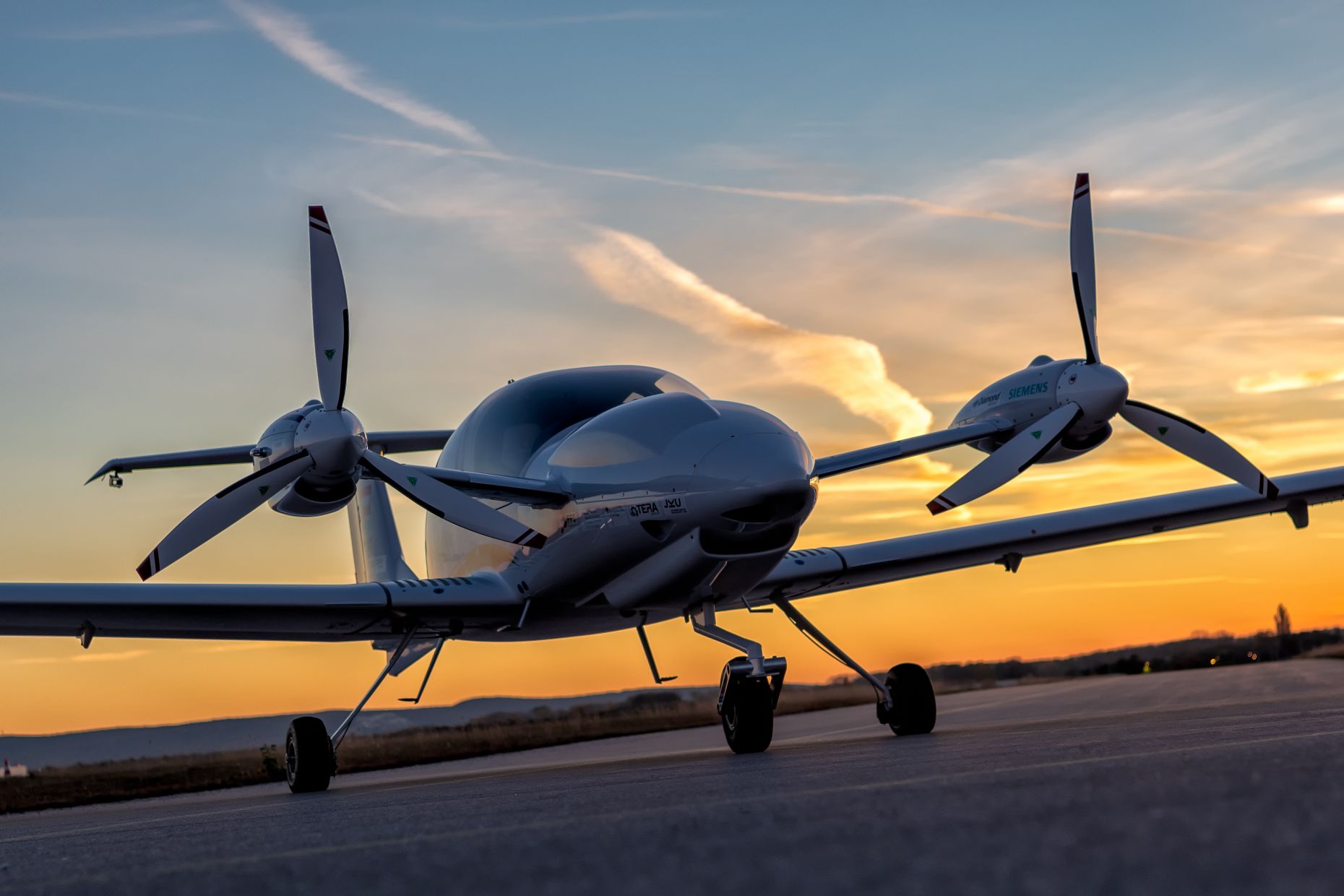HEMEP - Hybrid Electric Multi Engine Plane
Short Description
Motivation
State of the art in motor aircraft are reciprocating internal combustion engines or gas turbines with downstream gearbox for propeller drive. In travel mode, these operate in a suboptimal efficiency range and consequently with high fuel consumption and emit a high noise level, especially in takeoff and climb.
Electric propulsion systems are already being used in the first experimental vehicles such as E-Genius and Antares. Zero emissions, low noise and high efficiency are always highlighted as the advantages of electric propulsion systems. This benefit of electric propulsion will also be developed in motor aircraft in order to achieve a wider application of this propulsion technology and to increase the environmentally and resource friendly effect.
Objectives
- Hybrid electric propulsion
- Generator and backup battery
- Trendsetting test device
Content
Compared to motor gliders, more powerful propulsion systems are required for airplanes, whereby for a serial-hybrid electric propulsion system significantly higher energy density is needed in order to still have a sufficient payload available in the airplane. A comparable range to a conventional aircraft cannot currently be achieved with a battery as energy storage due to the energy density available today.
According to the current state of the art, the use of fuel for energy production cannot be abandoned. Based on the power to weight ratio, a light combustion engine in combination with an electric generator as an energy source for the serial-hybrid electric propulsion system appears to be the cheaper alternative to fuel cells in the required aircraft engine-power class.
Methodology
The aim is to show that both the individual components and the overall compound of a distributed, hybrid-electric propulsion system can provide the same performance as a conventional aircraft propulsion of comparable category. The total weight and the spatial dimensions of the propulsion system should not be significantly downgraded. Therefore, compared to the conventionally powered aircraft, there should be no significant noticeable performance loss for the pilot of the electric aircraft.
Furthermore, the components of the hybrid electric propulsion system should be developed as much as possible in accordance with valid aviation norms and standards in order to be able to guarantee the acceptability of the propulsion system in the near future. However, the product approval within this project is not targeted.
Expected results
The aim is to show that it is possible to integrate the developed hybrid electric propulsion system into a previously conventionally powered aircraft. This successful integration is to be proven by flight tests. As a result, it can be shown that the hybrid electric propulsion system represents an alternative to conventional, available propulsion systems.
Outcome
- Verifiable functionality by means of flight tests and records
- Basis for certification specifications according to CS-23.
Project Partners
- Diamond Aircraft Industries GmbH - Coordinator
- EADS AG
- JKU Linz, Institut für Strömungslehre und Wärmeübertragung
- Siemens AG
- Tera Group
Funding program: TAKE OFF

